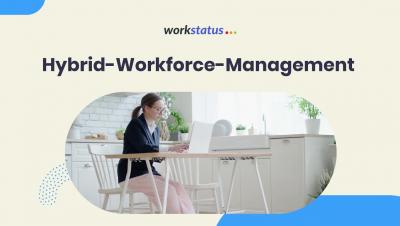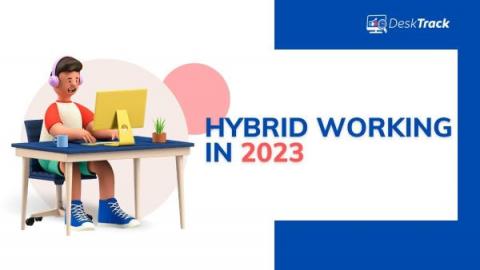Mastering the Hybrid Work Landscape: Perks, Challenges, and Solutions
Discover the positive and negative impacts of hybrid work on company culture, and learn how Insightful's software can help businesses navigate this new landscape while maintaining a strong company culture.











